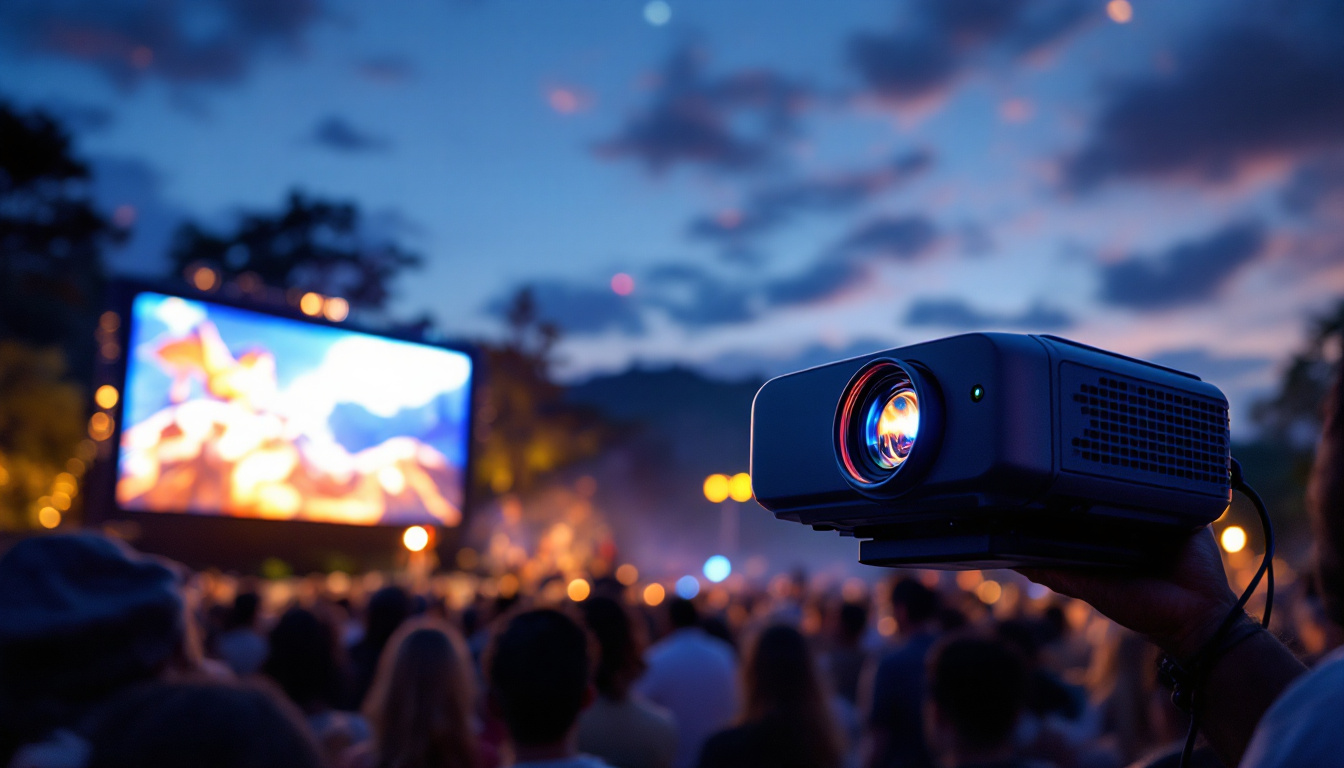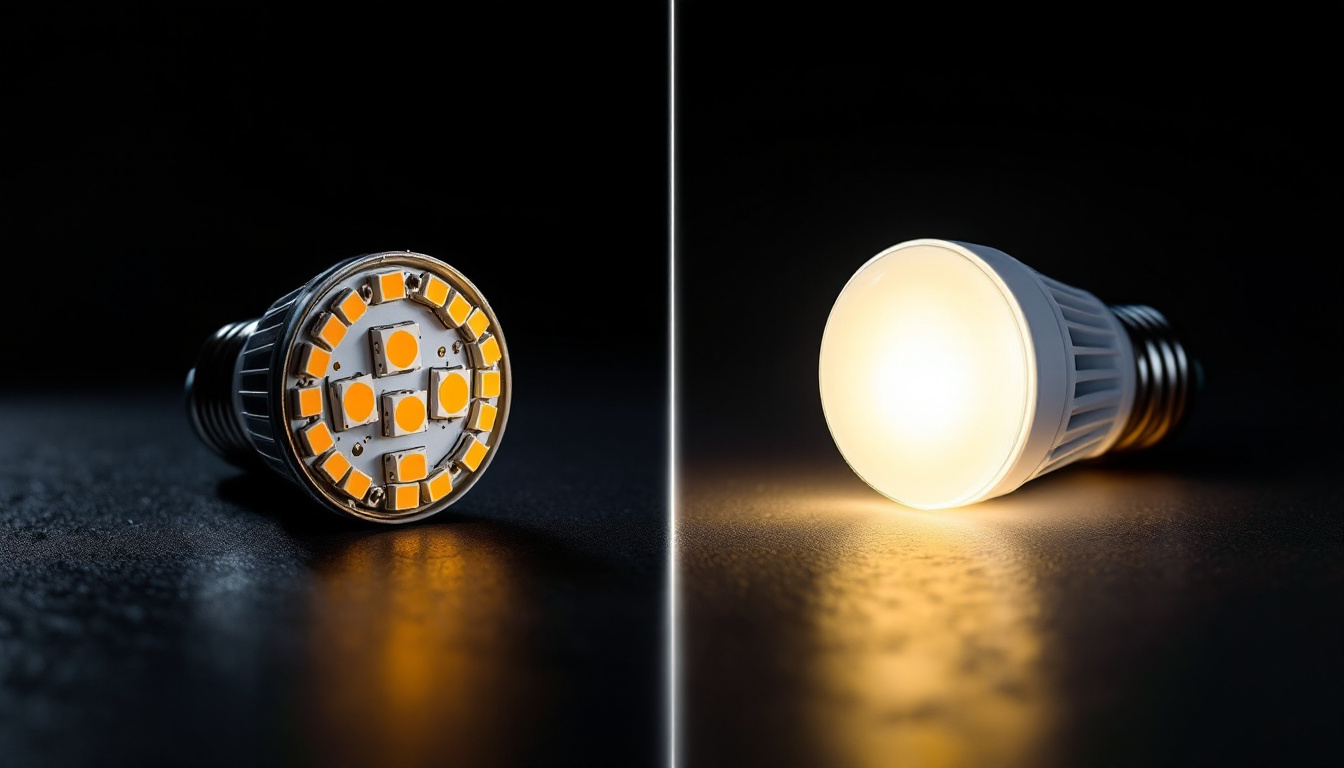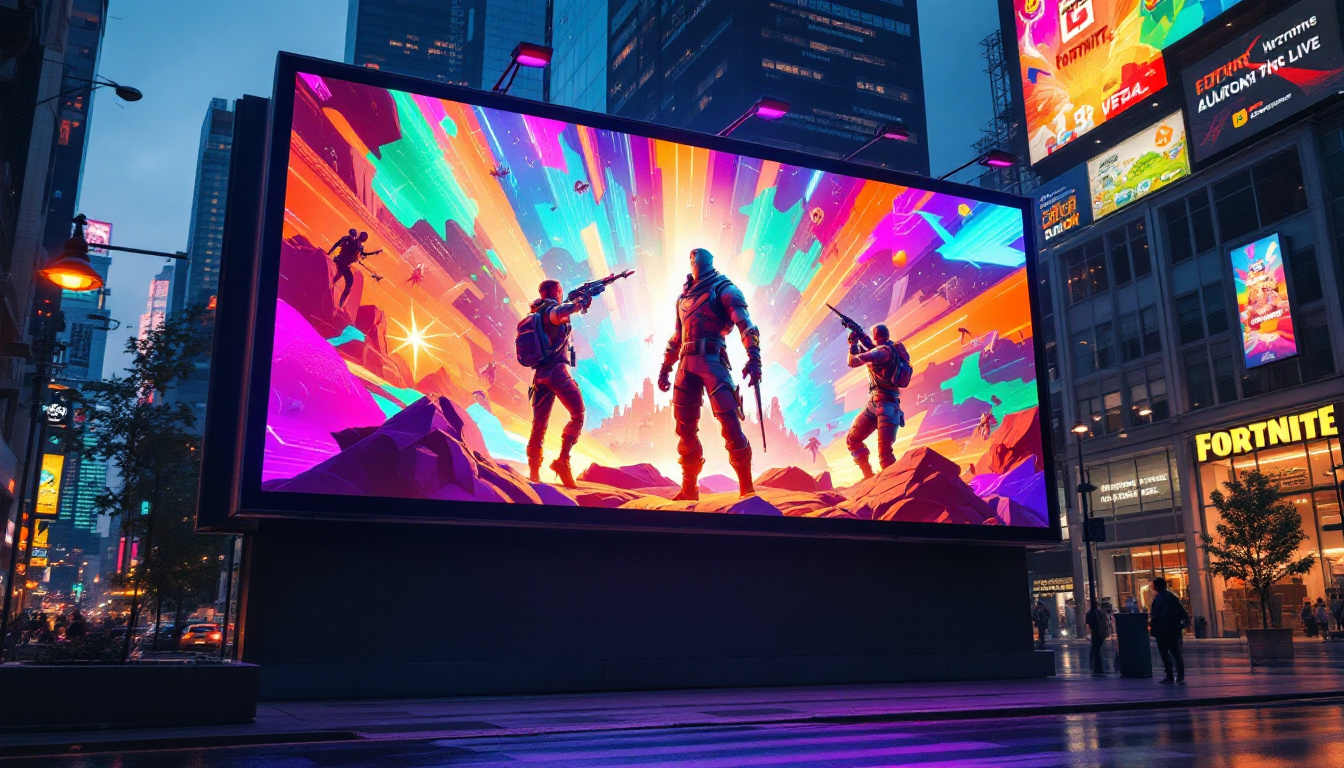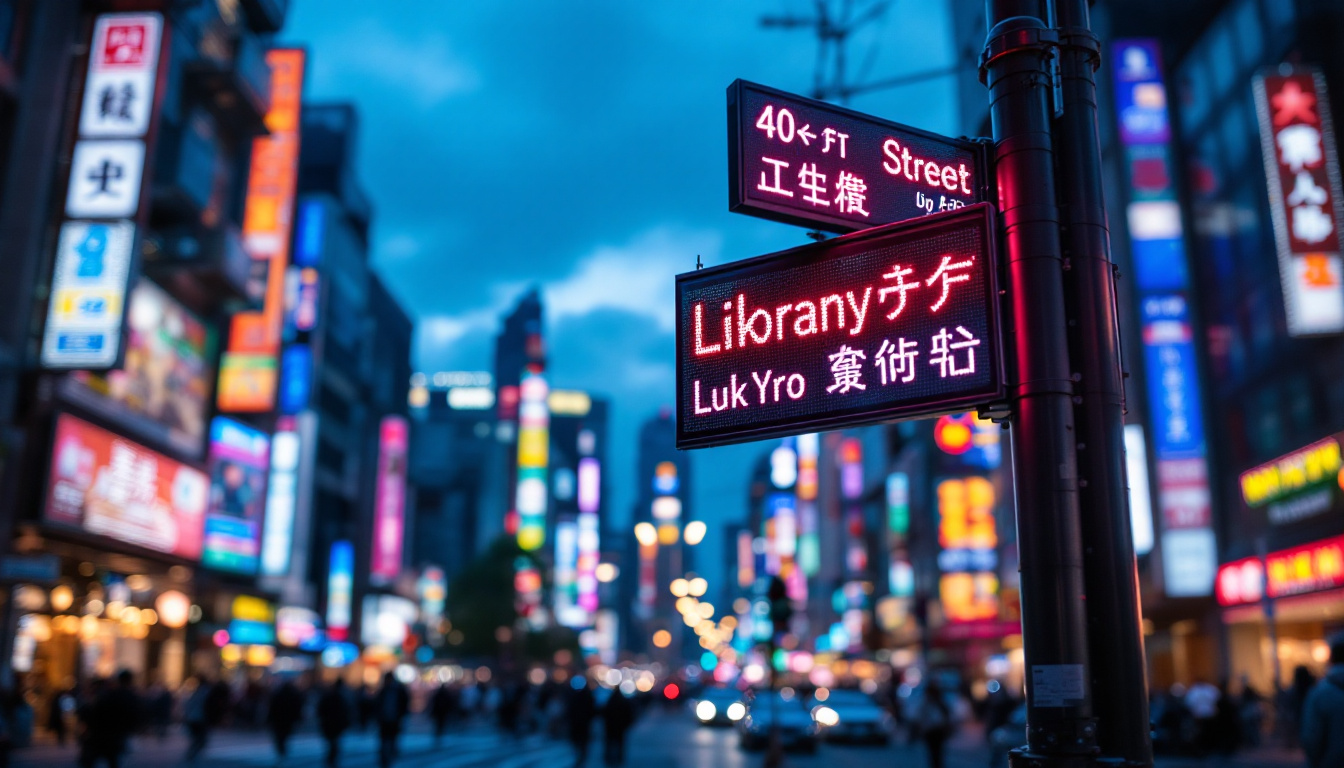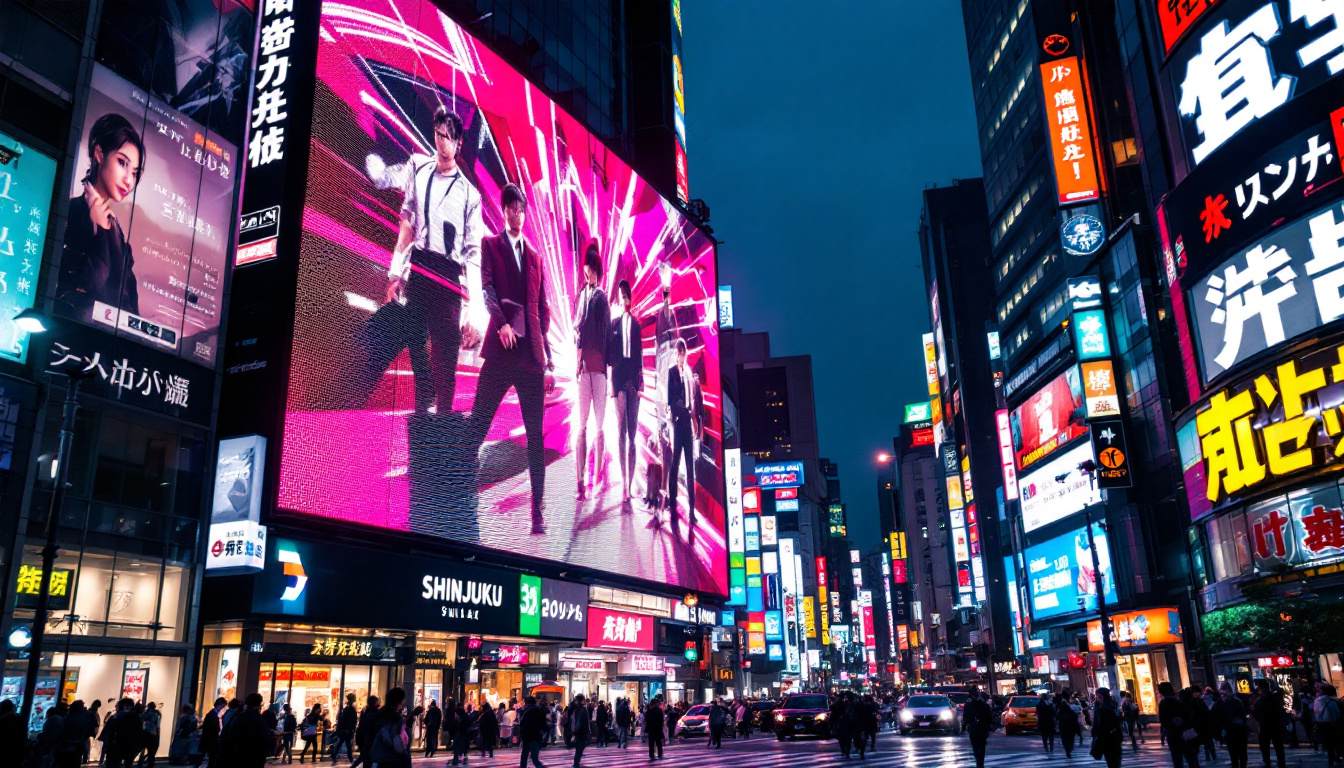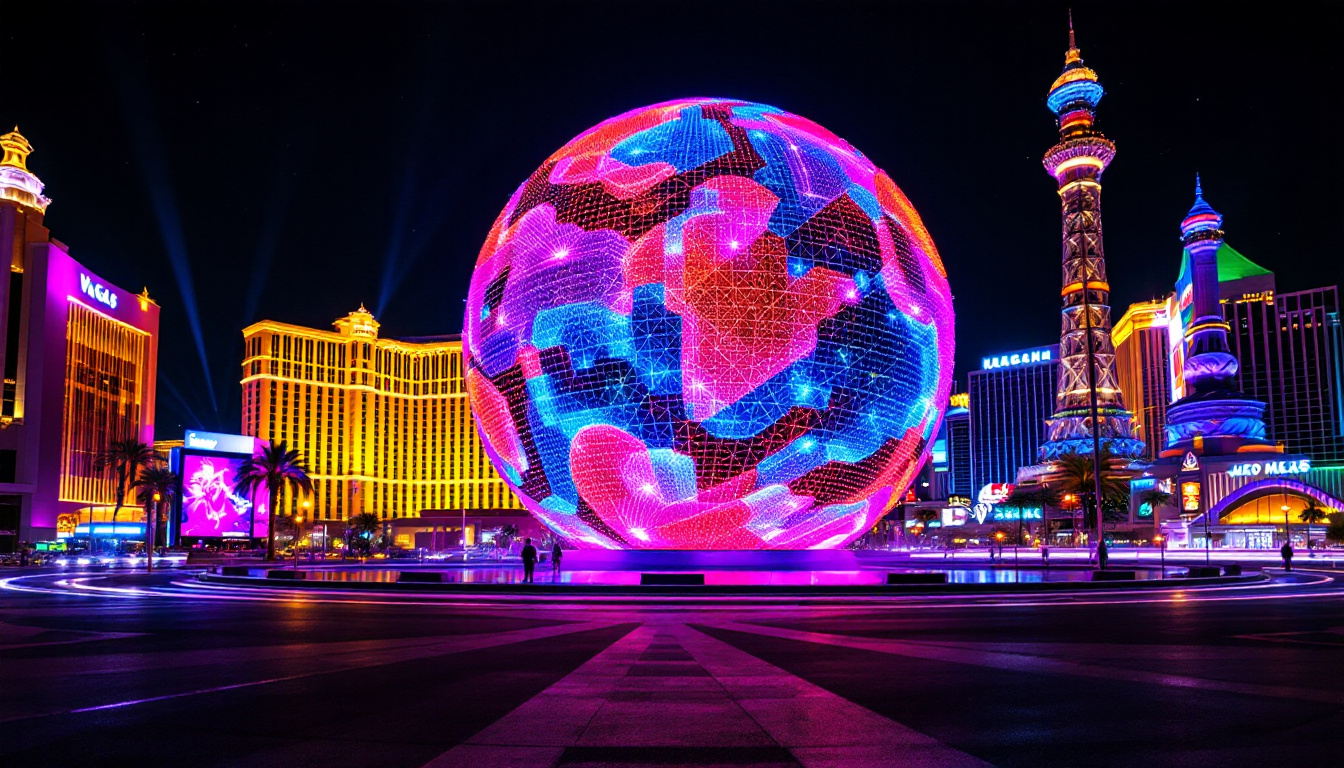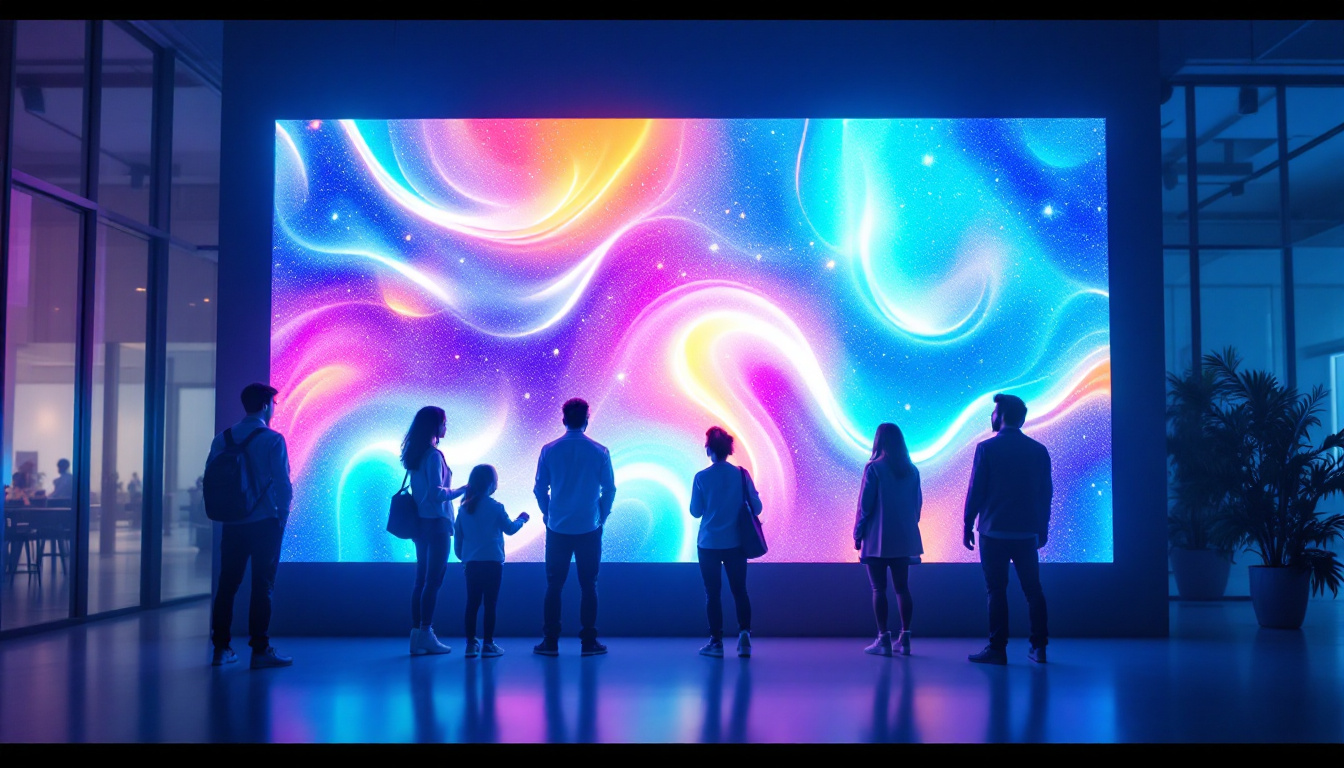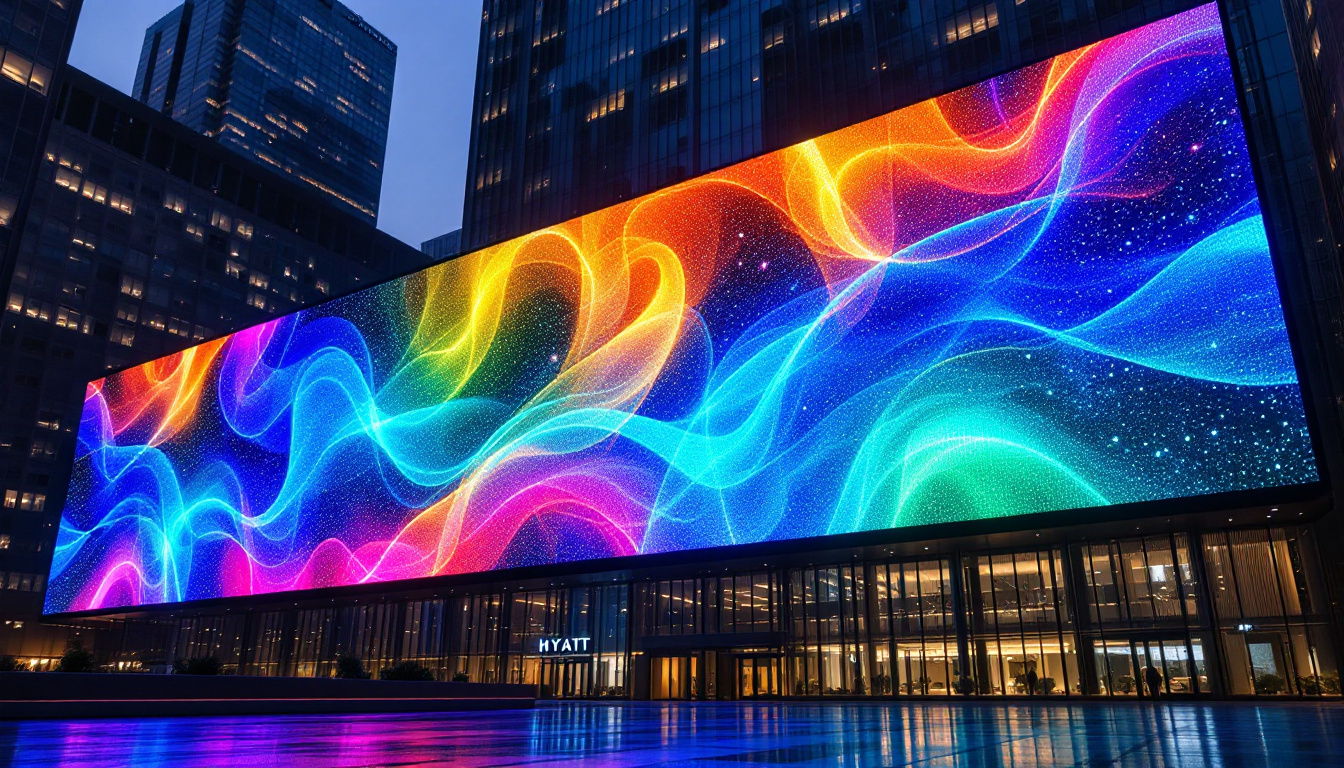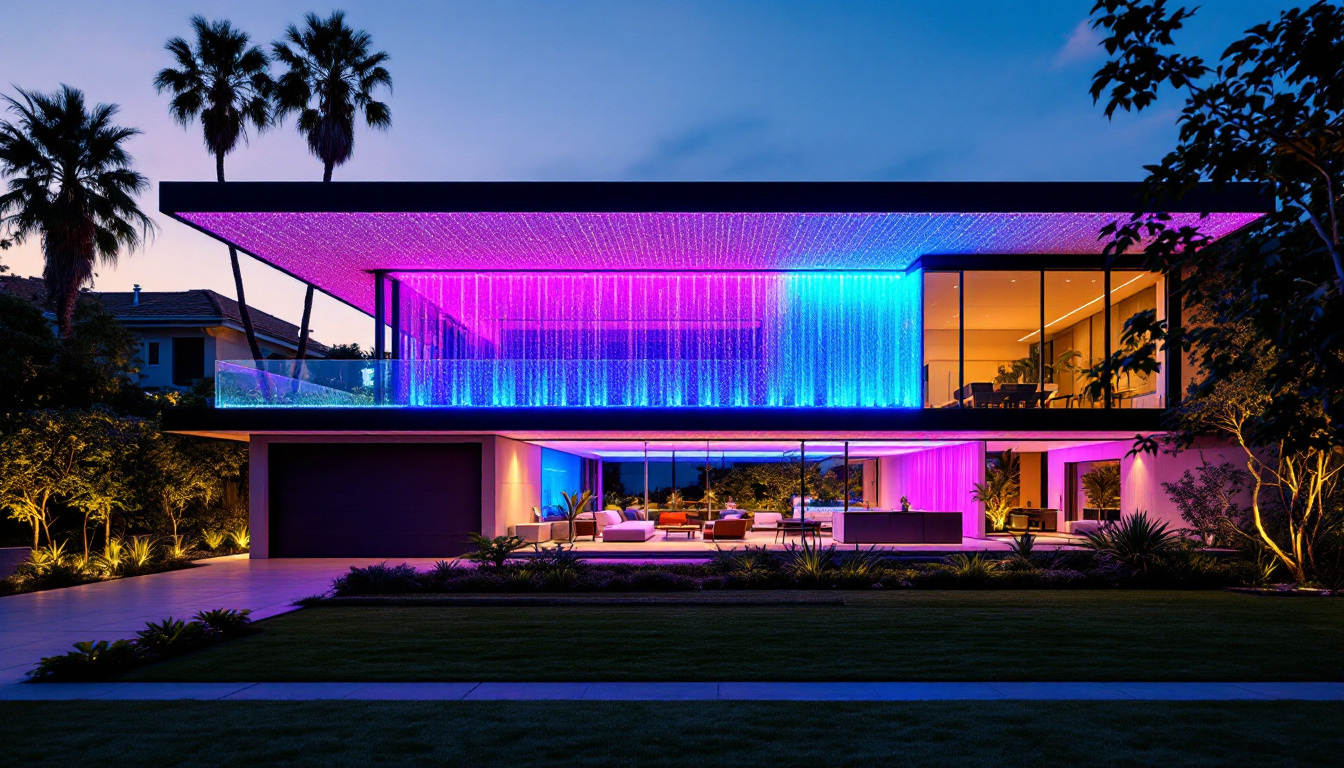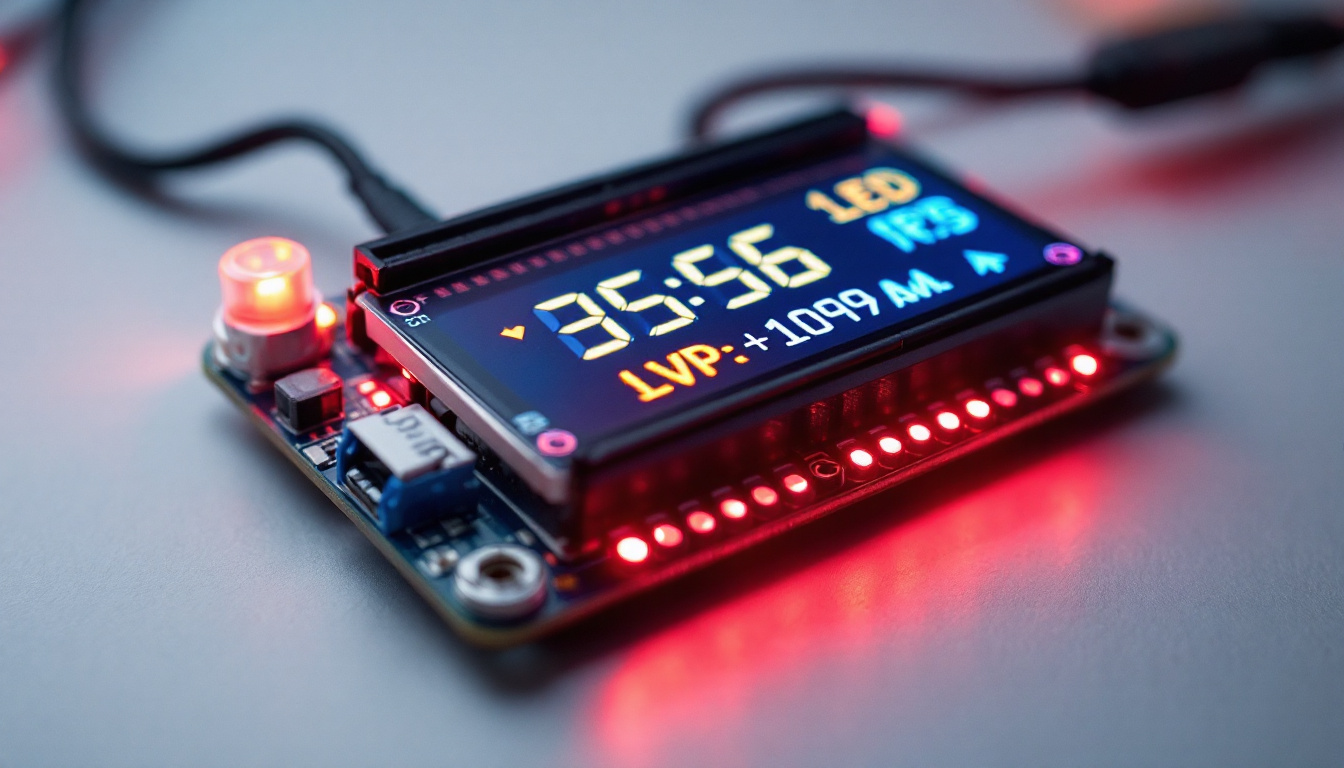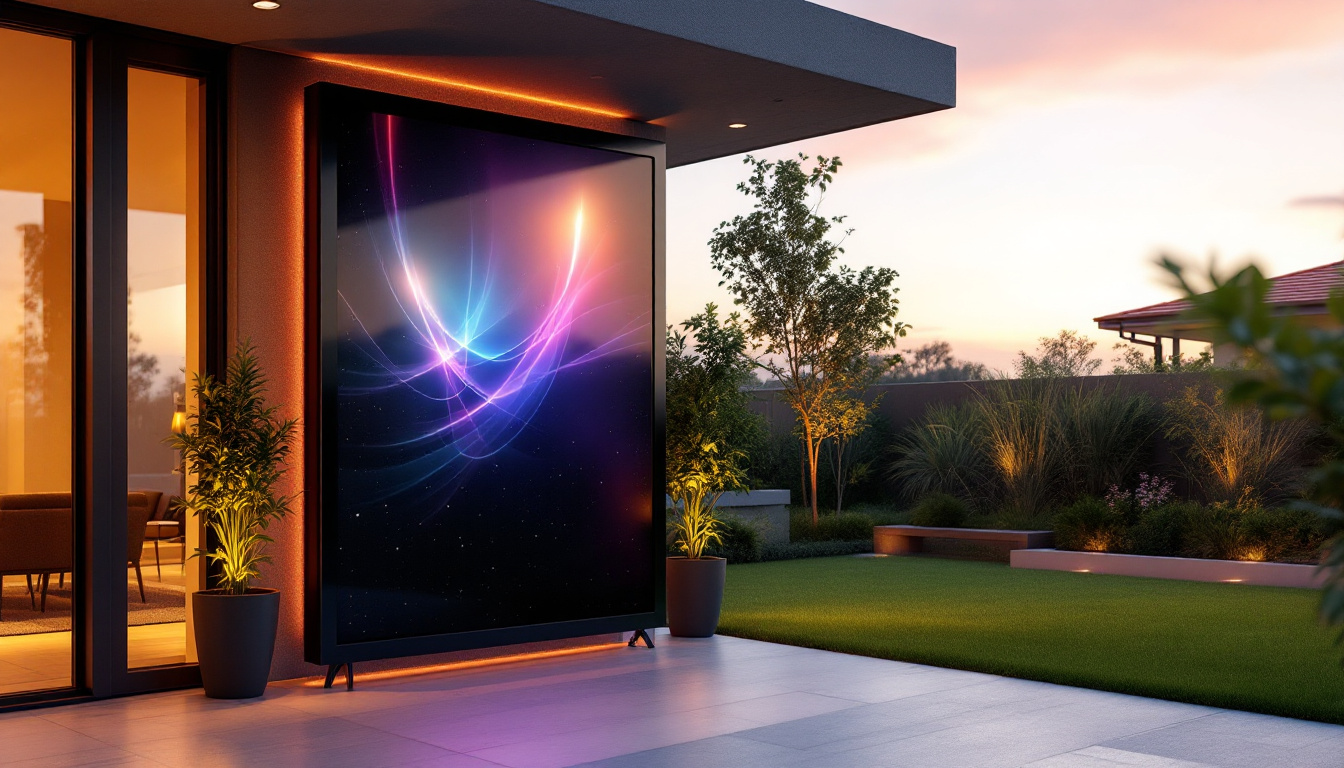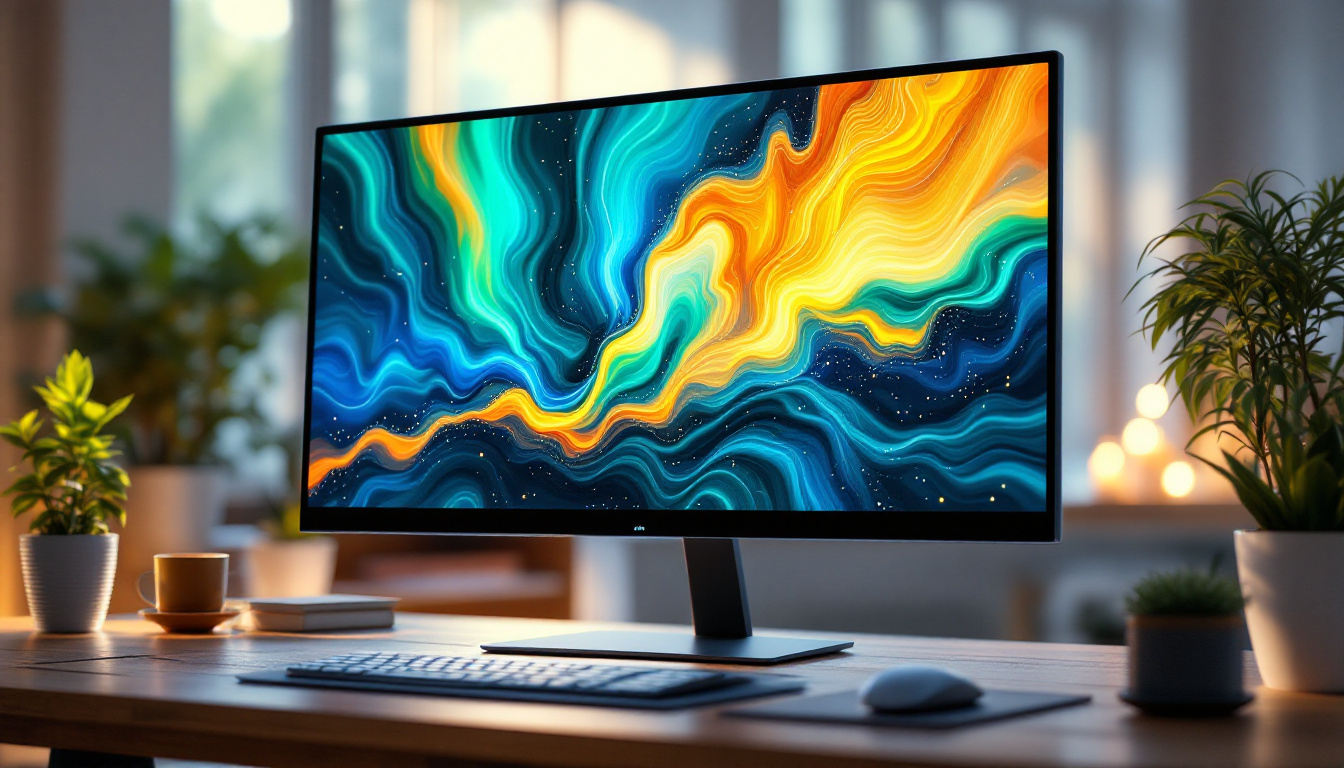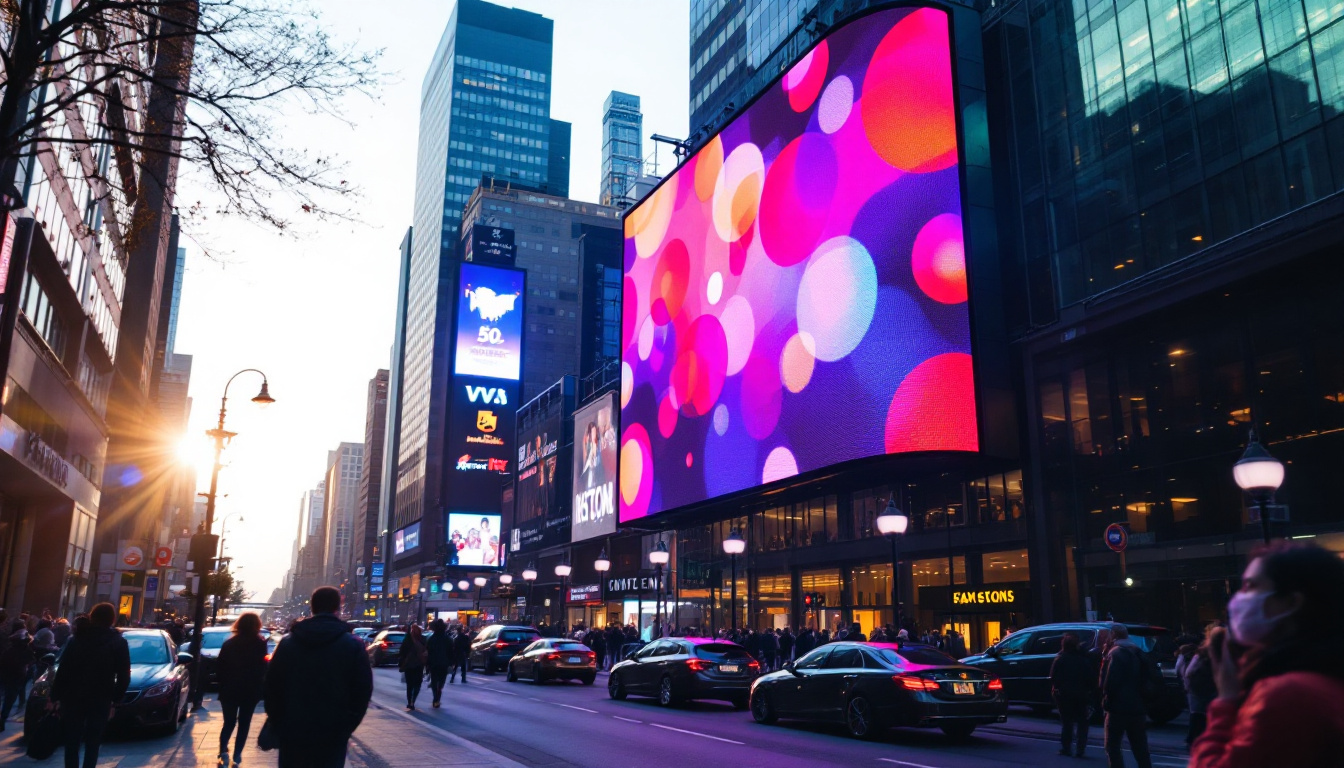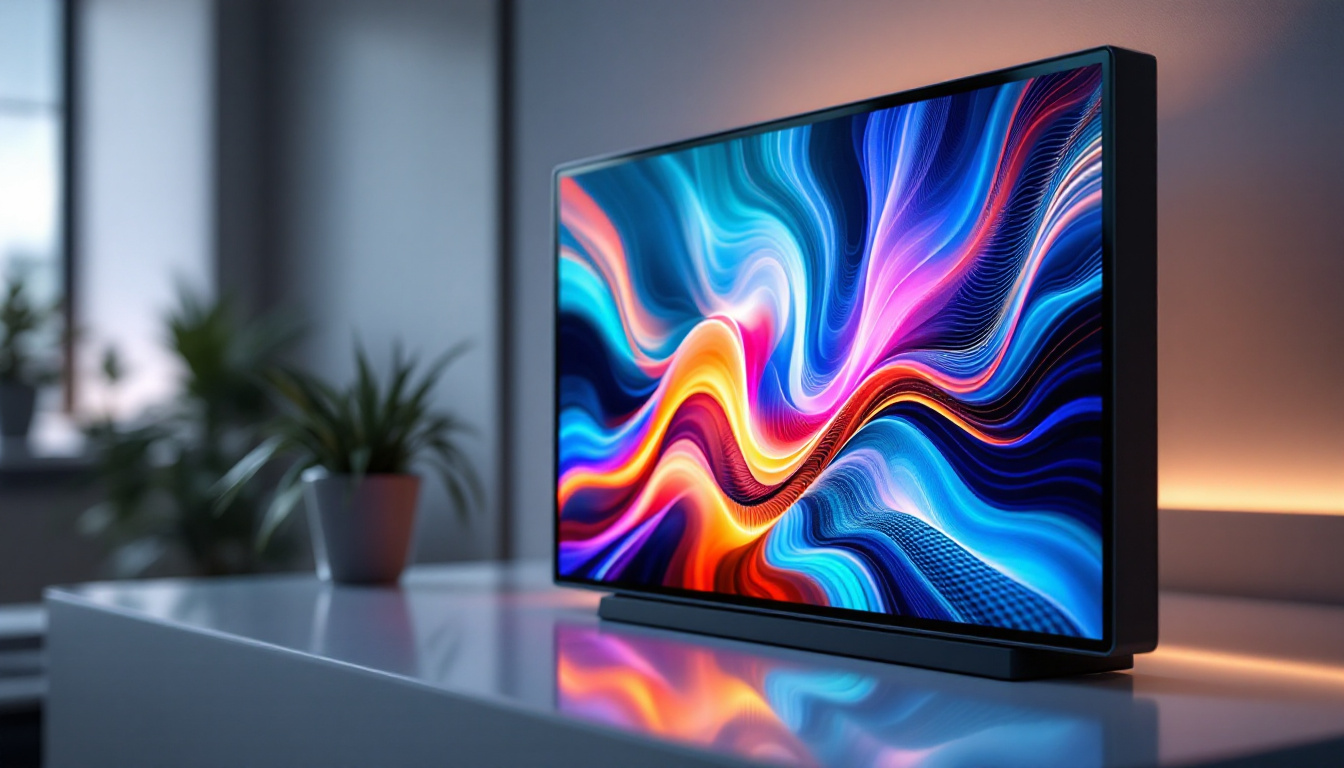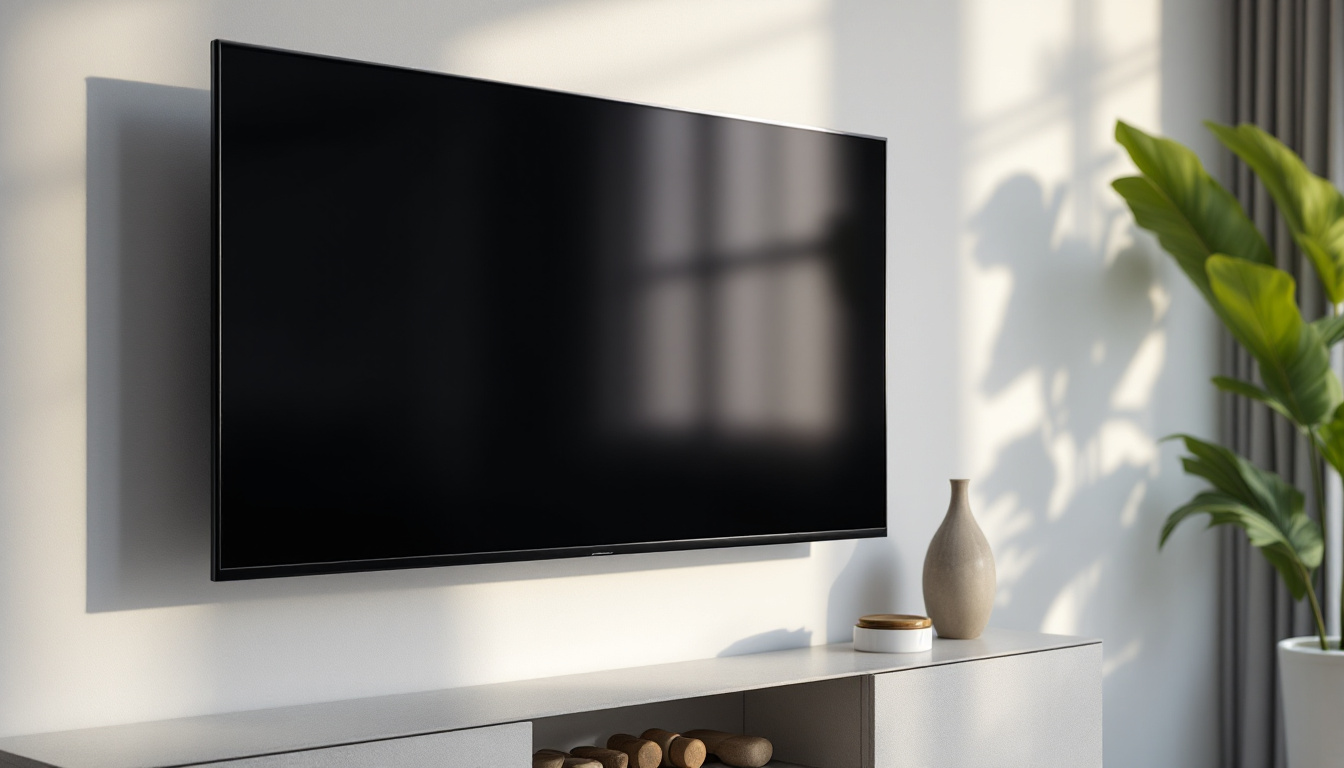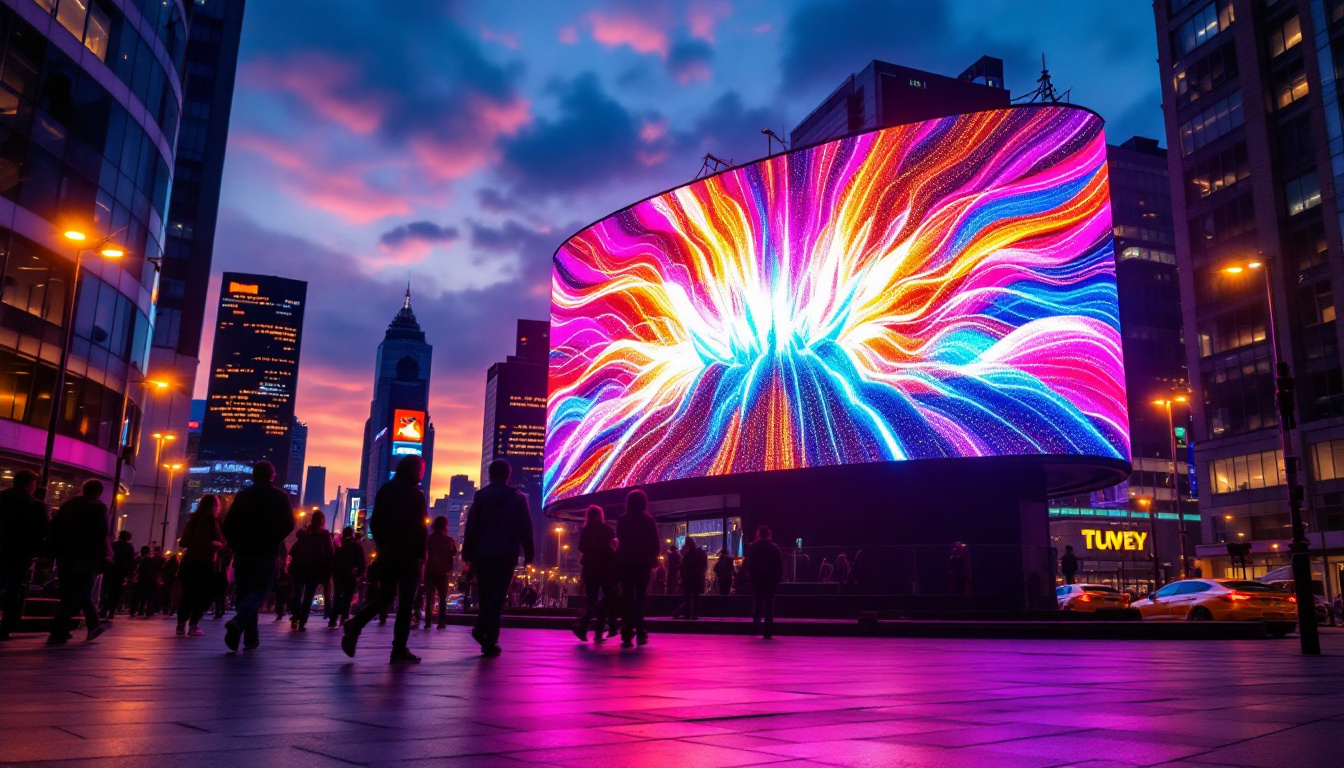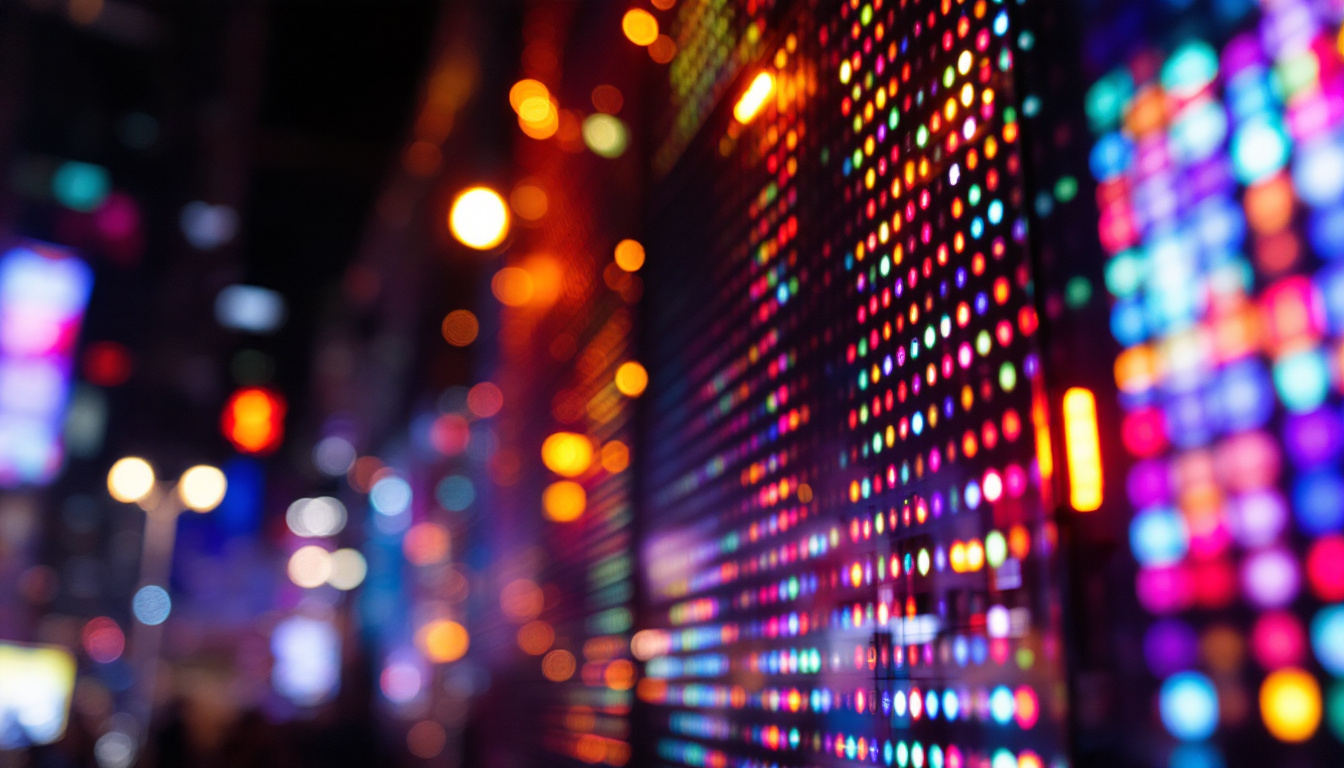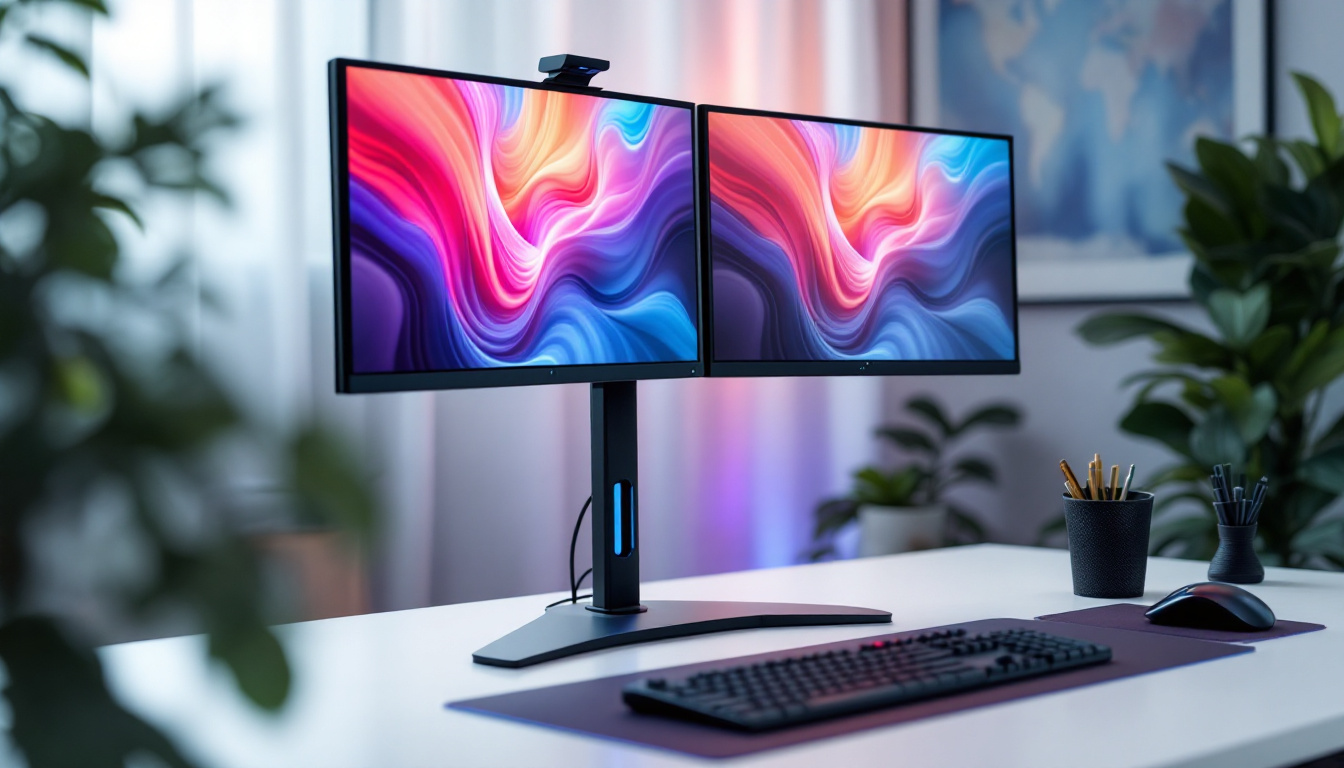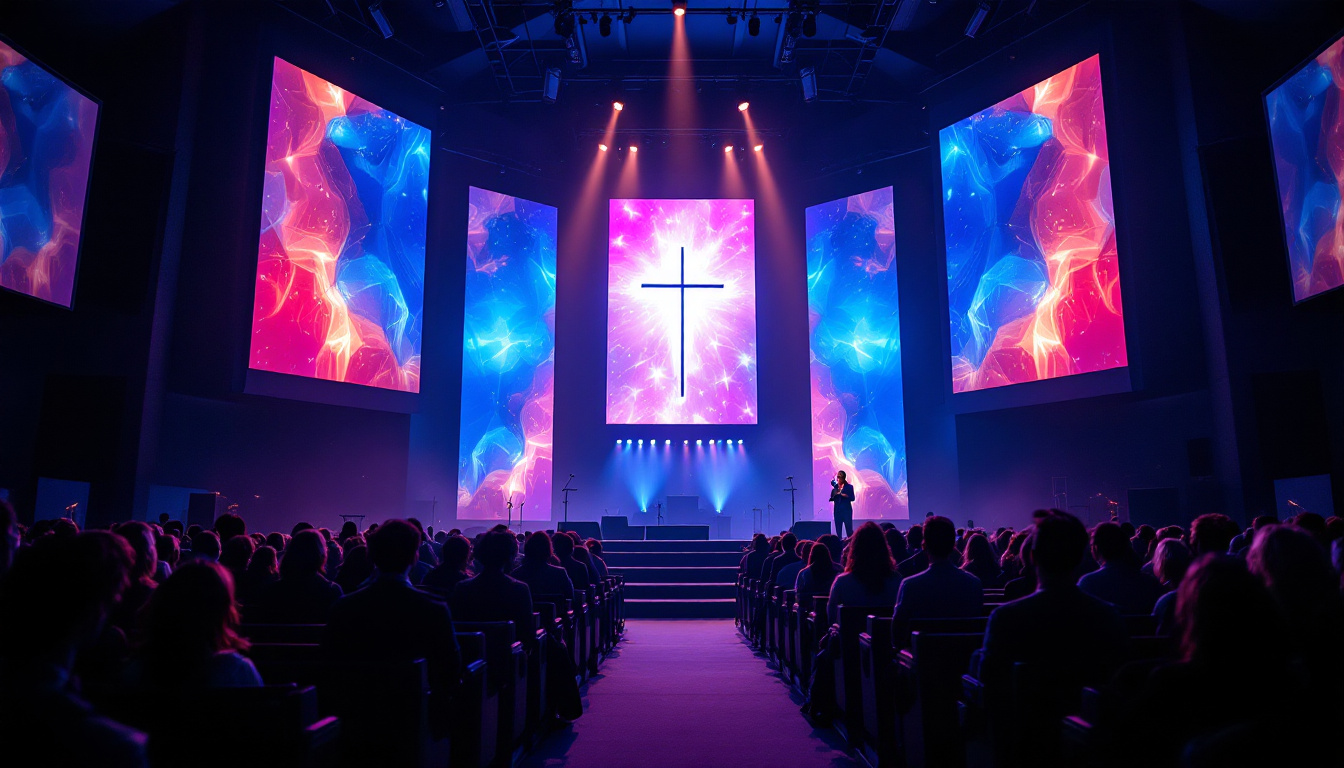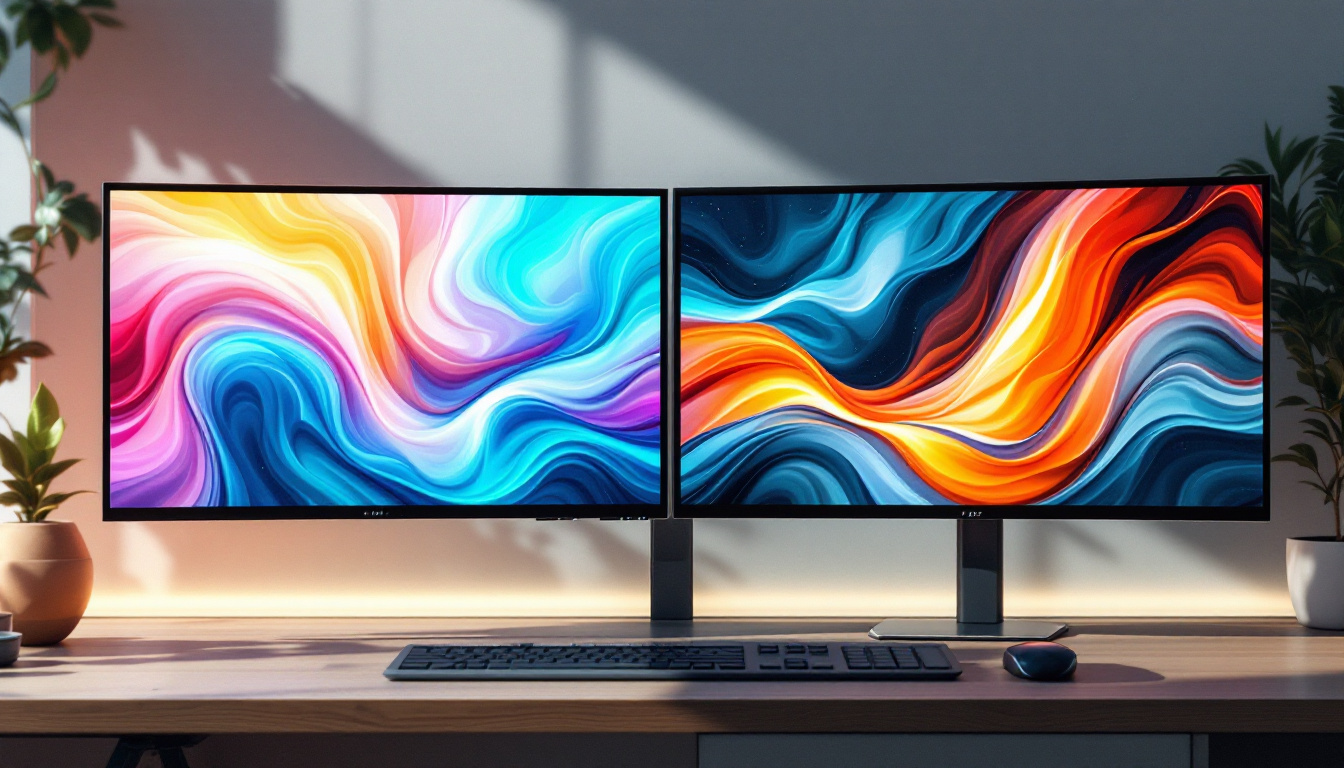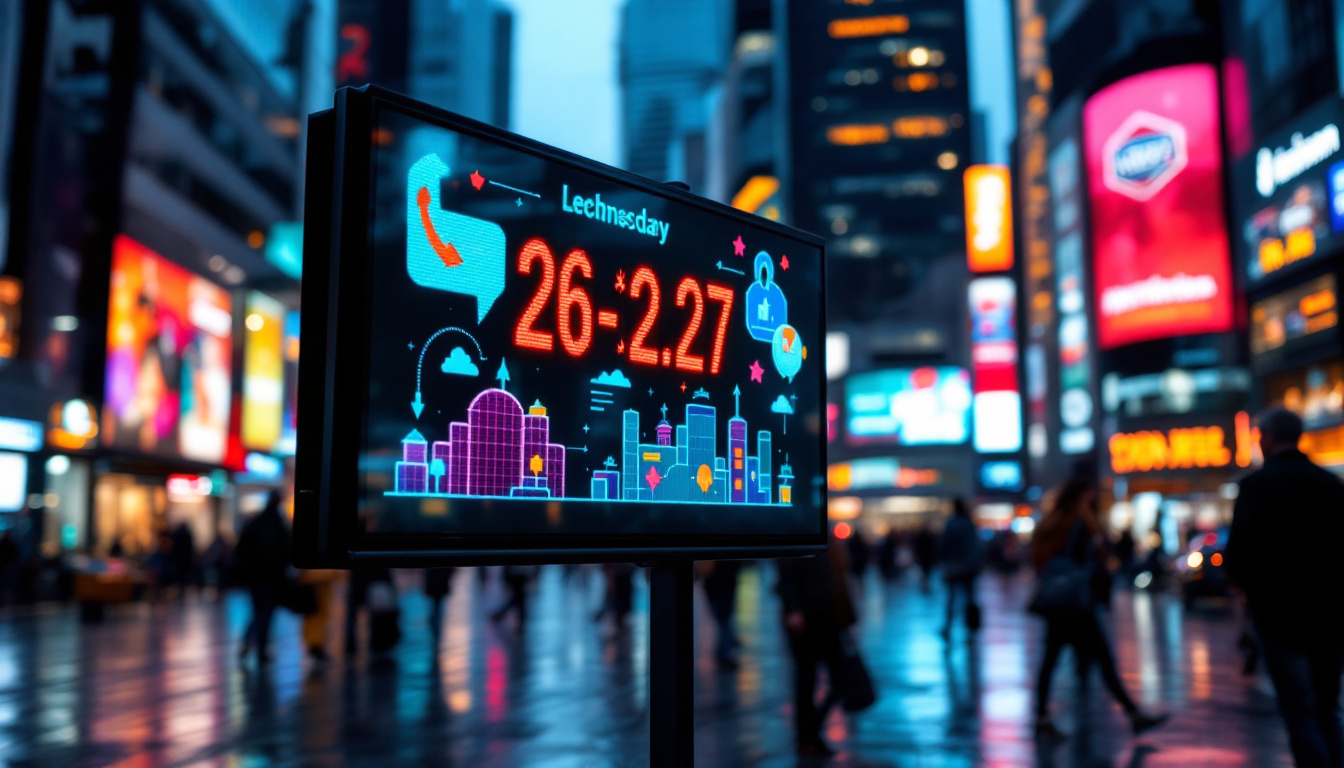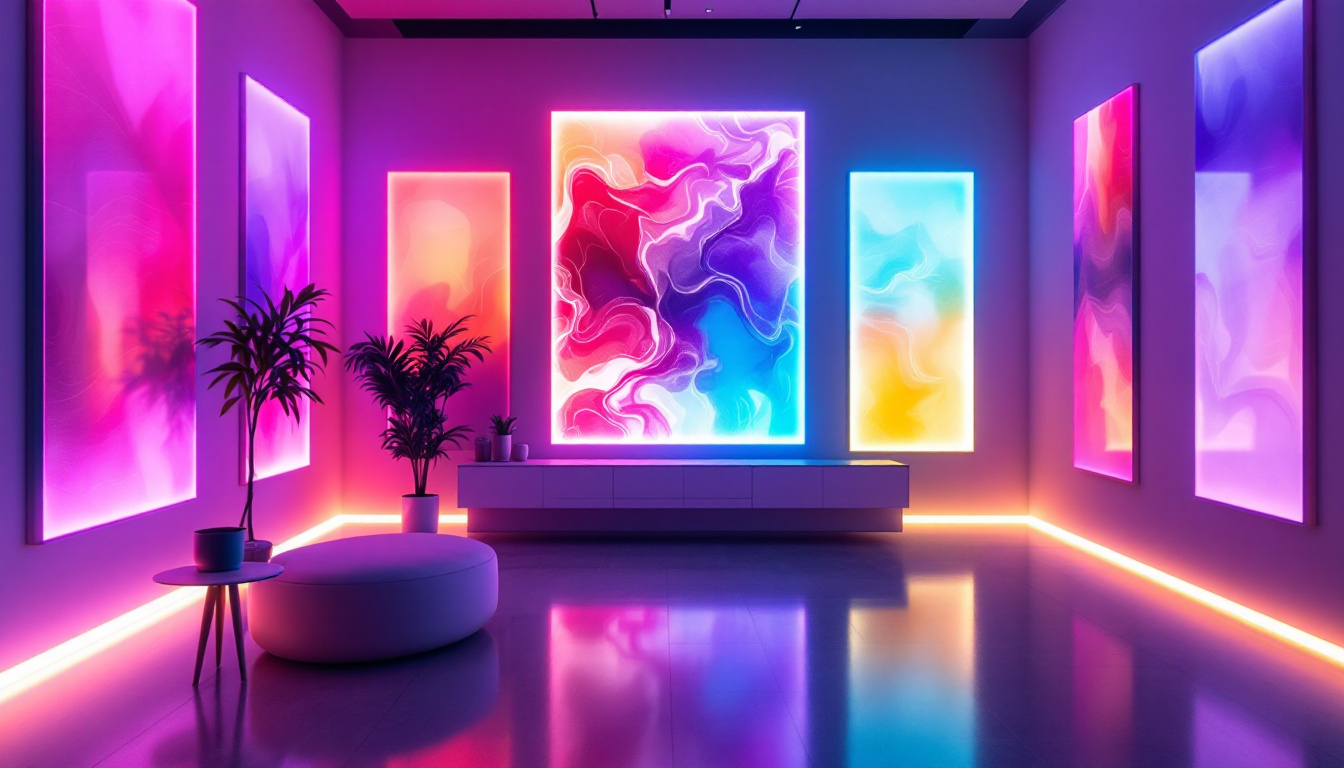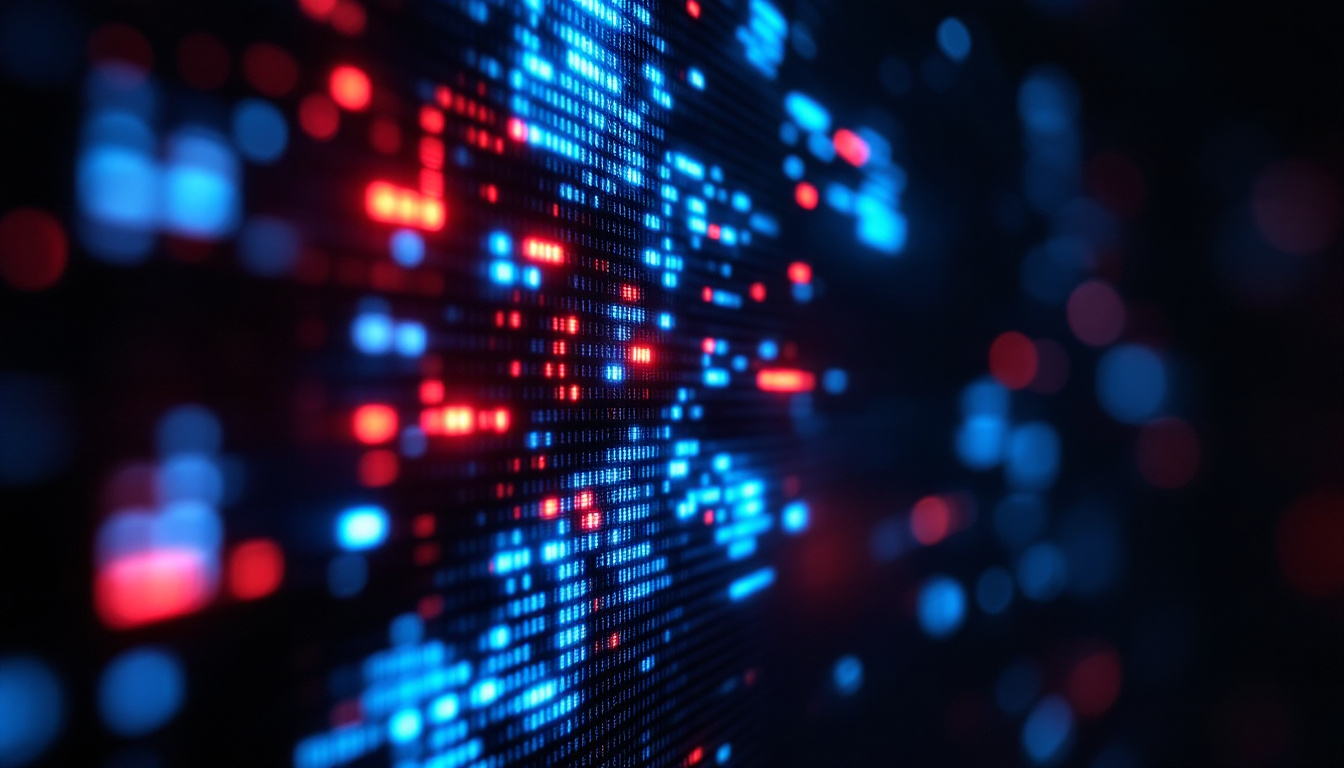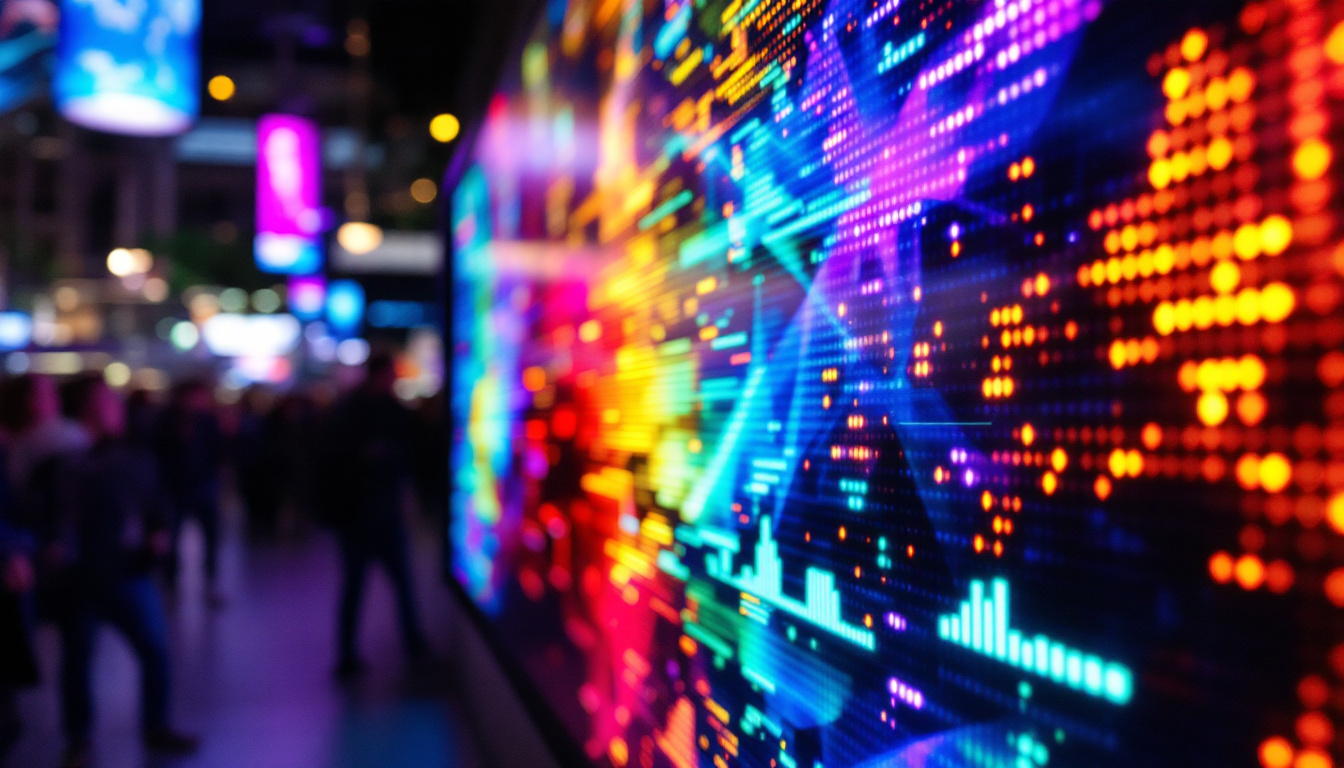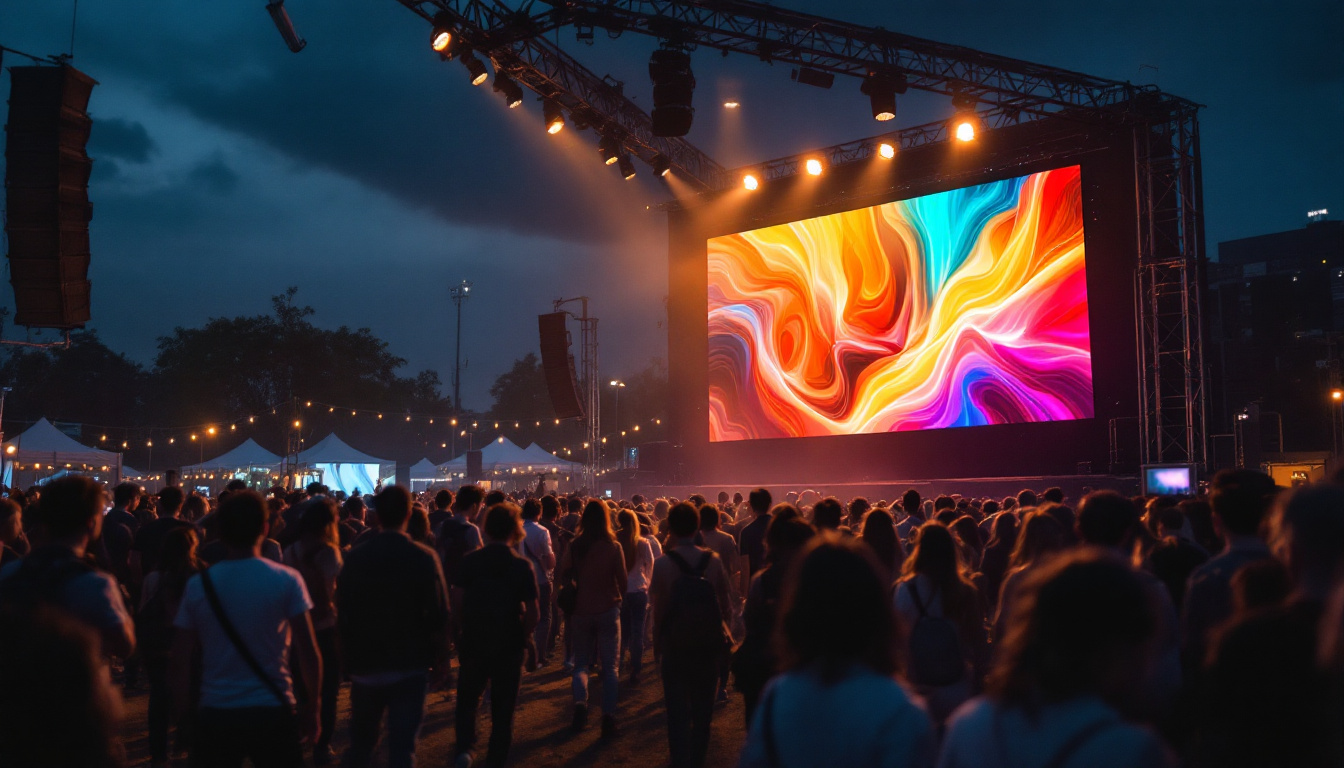In the realm of modern events and celebrations, LED displays have emerged as a transformative element that enhances the ambiance and visual appeal of gatherings. From concerts to corporate events, these vibrant screens are not just functional; they are a form of art that captivates audiences. This article delves into the intricacies of LED displays, exploring their technology, applications, and the myriad advantages they offer for party products.
Understanding LED Technology
LED, or Light Emitting Diode, technology has revolutionized the way light is produced and displayed. Unlike traditional lighting solutions, LEDs are compact, energy-efficient, and durable. Their ability to emit light in various colors and intensities makes them ideal for dynamic displays. This versatility has led to their widespread adoption in various industries, from entertainment to automotive, where they are used for everything from stage lighting to dashboard indicators.
How LED Displays Work
At the core of LED displays are thousands of tiny diodes that emit light when an electric current passes through them. These diodes are arranged in a matrix or grid format, allowing for the creation of images and videos. The combination of red, green, and blue (RGB) diodes enables the display to produce a wide spectrum of colors, making it possible to create stunning visuals. Each pixel on an LED screen is made up of these RGB diodes, which can be adjusted in brightness to create millions of color combinations. This pixel-level control is what sets LED technology apart from traditional LCD screens, which rely on backlighting and filters.
The brightness of LED displays is another key feature. They can produce vibrant images even in bright daylight, which is essential for outdoor events. Additionally, the refresh rate of LED displays ensures that moving images appear smooth and fluid, enhancing the overall viewing experience. The technology behind LED displays also allows for lower power consumption compared to conventional lighting solutions, making them not only cost-effective but also environmentally friendly. This efficiency is particularly beneficial in large-scale installations, where energy savings can translate to significant cost reductions over time.
Types of LED Displays
LED displays come in various forms, each tailored for specific applications. The most common types include:
- Indoor LED Displays: Typically used for concerts, conferences, and trade shows, these displays are designed for optimal viewing in low-light environments. Their high resolution ensures that even the smallest details are visible, making them perfect for presentations and close-up viewing.
- Outdoor LED Displays: Built to withstand the elements, outdoor displays are brighter and more durable, making them suitable for advertising and public events. These displays often feature protective coatings to guard against rain, dust, and UV rays, ensuring longevity and consistent performance.
- Flexible LED Displays: These innovative displays can be bent and shaped to fit unique installations, allowing for creative designs that capture attention. Their adaptability has opened new avenues in architectural lighting and artistic installations, where traditional rigid displays would not suffice.
In addition to these common types, there are also specialized LED displays such as transparent LED screens, which allow for visibility through the display while still providing vibrant images. This technology is increasingly being used in retail environments to create eye-catching advertising without obstructing the view of products behind the screen. Moreover, advancements in micro-LED technology are paving the way for even smaller, higher-resolution displays that can be used in everything from wearable devices to large-scale video walls, further expanding the possibilities of LED technology in our daily lives.
Applications of LED Displays in Events
LED displays have found a wide range of applications in various event settings. Their versatility makes them suitable for different types of gatherings, enhancing the overall experience for attendees.
Concerts and Festivals
In the music industry, LED displays have become a staple. They are used to create immersive environments that complement live performances. From large-scale video walls that showcase visuals to smaller screens that provide close-ups of the artists, LED technology elevates the concert experience.
Moreover, the ability to synchronize visuals with music allows for a cohesive performance that captivates audiences. The dynamic nature of LED displays means that they can change in real-time, responding to the beat and mood of the music.
Corporate Events and Trade Shows
For corporate gatherings, LED displays serve as powerful marketing tools. They can be used to showcase products, deliver presentations, and engage attendees. The high resolution and vibrant colors of LED displays ensure that messages are conveyed clearly and effectively.
At trade shows, businesses utilize LED displays to attract visitors to their booths. Eye-catching graphics and animations can draw attention, making it easier to stand out in a crowded environment. Additionally, LED screens can be integrated with interactive elements, allowing attendees to engage with the content.
Weddings and Private Parties
In the realm of personal celebrations, LED displays have gained popularity for weddings and private parties. Couples often use them to display heartfelt messages, photos, and videos that tell their love story. The customization options available with LED displays allow for a personal touch that resonates with guests.
Furthermore, LED displays can enhance the overall decor of an event. They can be used as backdrops, stage designs, or even as part of the lighting scheme, creating a visually stunning atmosphere that enhances the celebration.
The Advantages of Using LED Displays
Integrating LED displays into events offers numerous advantages that contribute to their growing popularity. Understanding these benefits can help event planners make informed decisions about incorporating this technology.
Energy Efficiency
One of the most significant advantages of LED technology is its energy efficiency. Compared to traditional lighting solutions, LED displays consume significantly less power, making them a more sustainable choice for event organizers. This not only reduces operational costs but also minimizes the environmental impact of events.
High Quality and Versatility
LED displays are known for their high-quality visuals. The clarity and brightness of the images ensure that they are visible from a distance, making them suitable for large crowds. Additionally, the versatility of LED displays allows for various content types, including videos, animations, and live feeds, providing endless possibilities for creativity.
Moreover, the modular nature of LED displays means they can be easily assembled and disassembled, allowing for quick setup and takedown at events. This flexibility is especially beneficial for event planners who need to adapt to different venues and layouts.
Enhanced Engagement
Incorporating LED displays into events significantly enhances audience engagement. The dynamic visuals capture attention and create a more immersive experience. Whether through interactive content or captivating animations, LED displays encourage attendees to participate and connect with the event.
Furthermore, the ability to display real-time information, such as social media feeds or live polls, fosters a sense of community among attendees, making them feel more involved in the event.
Choosing the Right LED Display for Your Event
When selecting an LED display for an event, several factors need to be considered to ensure the best fit for the occasion. Understanding these aspects can help in making an informed decision.
Size and Resolution
The size of the LED display is crucial, as it needs to be appropriate for the venue and audience size. Larger displays are ideal for outdoor events or large gatherings, while smaller screens may suffice for intimate settings. Additionally, the resolution of the display should be considered; higher resolutions provide clearer images, which is particularly important for detailed visuals.
Indoor vs. Outdoor Use
Determining whether the event will be held indoors or outdoors is essential when choosing an LED display. Outdoor displays are designed to withstand weather conditions and typically have higher brightness levels to counteract sunlight. In contrast, indoor displays can focus more on resolution and color accuracy, as they are not exposed to external light sources.
Budget Considerations
Budget plays a significant role in the decision-making process. LED displays come in a range of prices depending on size, resolution, and technology. It’s important to balance quality with budget constraints, ensuring that the chosen display meets the event’s needs without overspending.
Future Trends in LED Display Technology
The LED display industry is constantly evolving, with new technologies and trends emerging regularly. Staying informed about these developments can provide insights into the future of event displays.
Advancements in Flexibility and Design
One of the most exciting trends in LED technology is the advancement in flexible displays. These displays can be shaped and molded to fit various structures, allowing for innovative designs that were previously impossible. This flexibility opens up new avenues for creativity in event planning.
Integration with Augmented Reality (AR)
As augmented reality continues to gain traction, its integration with LED displays is becoming more prevalent. This combination allows for immersive experiences that blend the physical and digital worlds, providing attendees with unique interactions. For example, AR elements can be overlaid on LED displays, enhancing storytelling and engagement.
Improved Sustainability
With growing concerns about environmental impact, the LED industry is focusing on sustainability. Future displays are expected to be even more energy-efficient and made from recyclable materials. This shift towards eco-friendly practices will not only benefit the environment but also appeal to the increasing number of environmentally conscious consumers.
Conclusion
LED displays have become an integral part of modern events, offering a dynamic and engaging way to communicate messages and enhance experiences. Their versatility, energy efficiency, and high-quality visuals make them a preferred choice for event planners across various industries. As technology continues to advance, the possibilities for LED displays are limitless, promising exciting innovations for future events. Embracing this technology can elevate gatherings, creating memorable experiences that resonate with attendees long after the event concludes.
Illuminate Your Events with LumenMatrix
Ready to transform your next event with the vibrant and immersive world of LED displays? Look no further than LumenMatrix, a pioneer in crafting cutting-edge LED display modules that bring your vision to life. Whether you’re planning an indoor conference, an outdoor festival, or any event in between, our extensive range of solutions, including Indoor and Outdoor LED Wall Displays, Vehicle LED Displays, and more, are designed to captivate your audience and amplify your message. Experience the future of visual storytelling with our innovative LED technology. Check out LumenMatrix LED Display Solutions today and make your event unforgettable.


